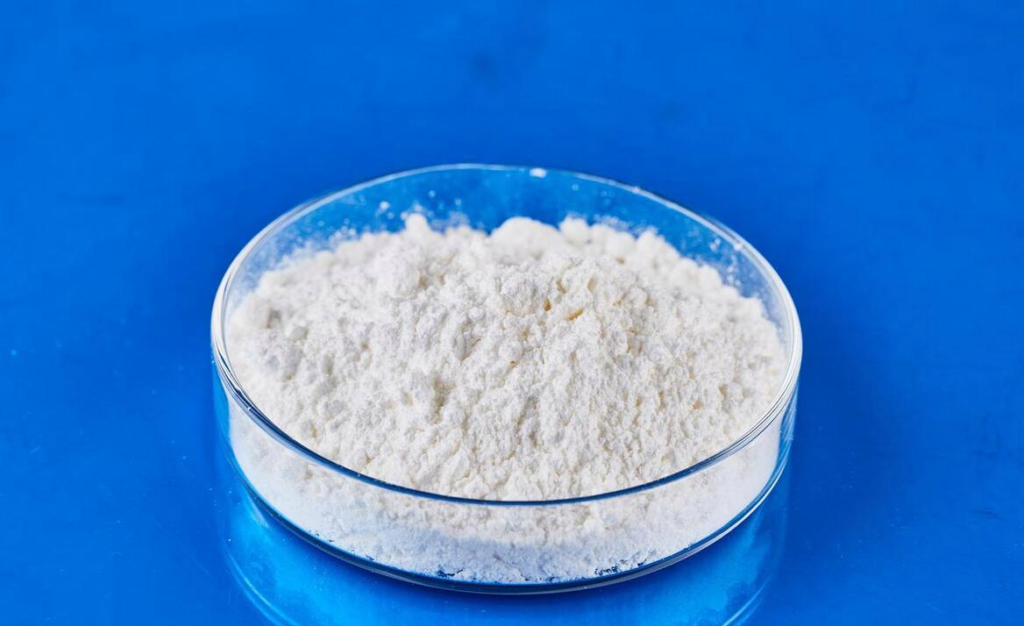The thermal decomposition method is to prepare magnesium oxide by high-temperature calcination of magnesium carbonate (magnesite) and magnesium hydroxide (brucite). The type and particle size of the calcination precursors and the process conditions of calcination (calcination atmosphere, gas flow rate and heating rate, etc.) affect the surface morphology and surface properties of magnesium oxide.

Hebei Messi Biology Co., Ltd. stated that magnesium oxide was prepared using magnesium hydroxide, magnesium carbonate and magnesium oxalate as precursors, and the structure and properties of magnesium oxide obtained by calcining light magnesium carbonate at 350℃~800℃ were studied. With the increase of calcination temperature, the specific surface area and the number of alkaline sites of magnesium oxide showed a trend of increasing first and then decreasing. When the calcination temperature was 375℃, the magnesium oxide obtained had a higher specific surface area and a large number of alkaline sites. When the temperature was further increased, the product decomposition and exothermic effect occurred, the alkaline sites of magnesium oxide were partially removed, and the specific surface area decreased.
Thermal decomposition of magnesium hydroxide or magnesium carbonate first forms a “polymorph” that retains the morphology of the precursor, and then high-temperature calcination destroys the aggregation structure of the polymorph, that is, magnesium oxide with good dispersibility is obtained. High-temperature calcination increases the grain size of magnesium oxide and reduces the specific surface area of magnesium oxide. Therefore, it is difficult to prepare magnesium oxide with uniform morphology and high specific surface area by thermal decomposition, and further processing is required.
